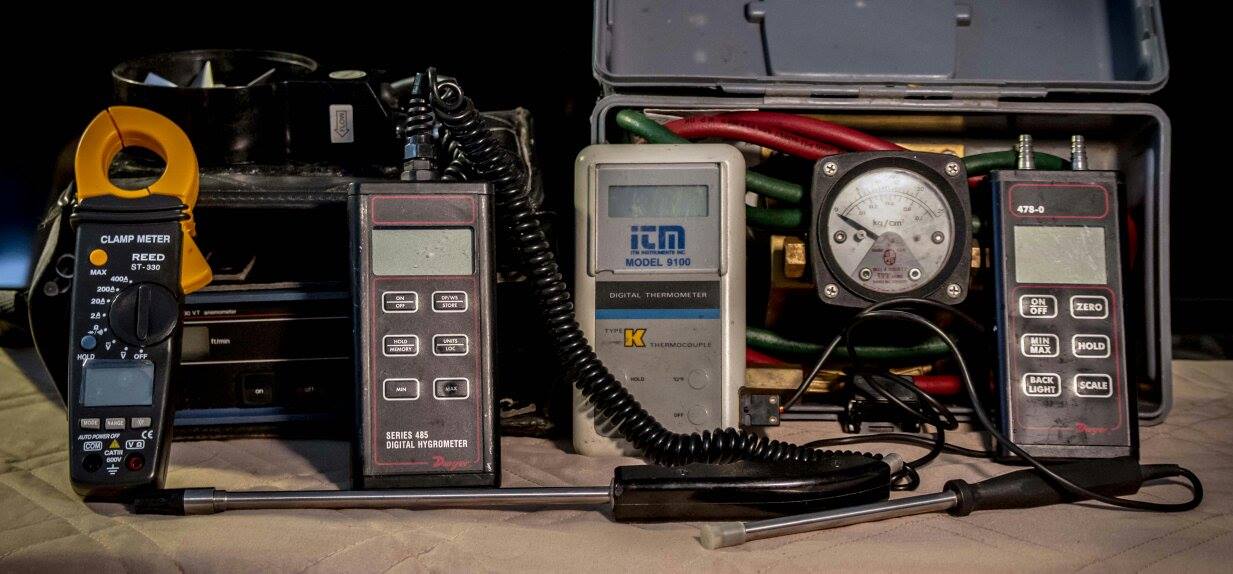Fumehood Verification, What is fumehood verification, Why verify fumehoods

FumeHood Verification speaks to what is fumehood verification and why verify fumehoods.
In North America, in most jurisdictions, it is required by state, provincial and federal law that fumehood verification in laboratories be tested for proper operation on an annual basis.
In the United States, work done is as designated by ASHRAE 110.
In Canada, work done in provincial, federal and crown corporations work done is as designated by MD15128.
This verification consists of performing cash face opening velocity tests consisting of air velocity tests in a designated grid pattern to determine the average sash face opening air velocity.
A normal fumehood with the sash opening at a designated opening of anywhere from 12” to 18” sash open should maintain an average velocity of 100 fpm with anywhere between 90 fpm and 110 fpm being acceptable.
Fumehood Tests
No single reading should be lower than 80 fpm or above 120 fpm.
This is true for fume hoods that are tested empty. However, due to practicalities fumehood verification cannot always be tested empty so some leeway must be allowed for the low and high velocity readings.
The verification also requires that smoke pencil tests be done at the sash opening at specific locations to ensure there is no “curl back” of smoke from the front of the fumefood.
The verification also requires that smoke containment tests be done. This entails that a greater volume of smoke is introduced to the fumehood using a smoke emitter or smoke bomb. The purpose being to ensure that the fumehood is cleared of smoke within 60 seconds of the smoke source being introduced.
It is suggested that you ensure that the smoke emitter does not emit a greater volume of smoke than the exhaust air volume of the fumehood. If so, you will get a “false fail” of the fume hood as smoke will move out the sash face opening.
Once every five years it is required that each fumehood has a “gas trace” test done. This test requires that a human dummy be placed in front of the fumehood with a sensor at the nose area. A calibrated volume of gas is supplied to the fumehood and the parts per million gas sensed at the nose is analyzed.
Perchloric acid fumehoods have the same tests done but the required sash face velocity is 120 fpm.
Qualified fumehood verification test contractors are used for these tests.
If the fume hoodsash face velocity is proven high you have the option of reverification of the fumehood at a greater sash face opening (up to 18” open).
It is suggested that you obtain permission from the laboratory manager before doing so. Most lab managers are agreeable as the previous standard 12” sash opening is a little low for laboratory test personnel.
If changes are required to obtain suitable sash face velocities the fumehood exhaust fan motor pulley may be adjusted until the correct velocity is obtained. This is an arbitrary adjustment and the fume hood velocity must be tested after each motor pulley adjustment.
When overseeing fumehood testing there are a number of people who must be involved.
Facility manager. Contracts manager. Maintenance personnel. Project manager.
Laboratory manager. Laboratory technicians.
Fume hood test contractor.
Hard copy and E book for sale. Introduction to Building Mechanical Systems. Click here.